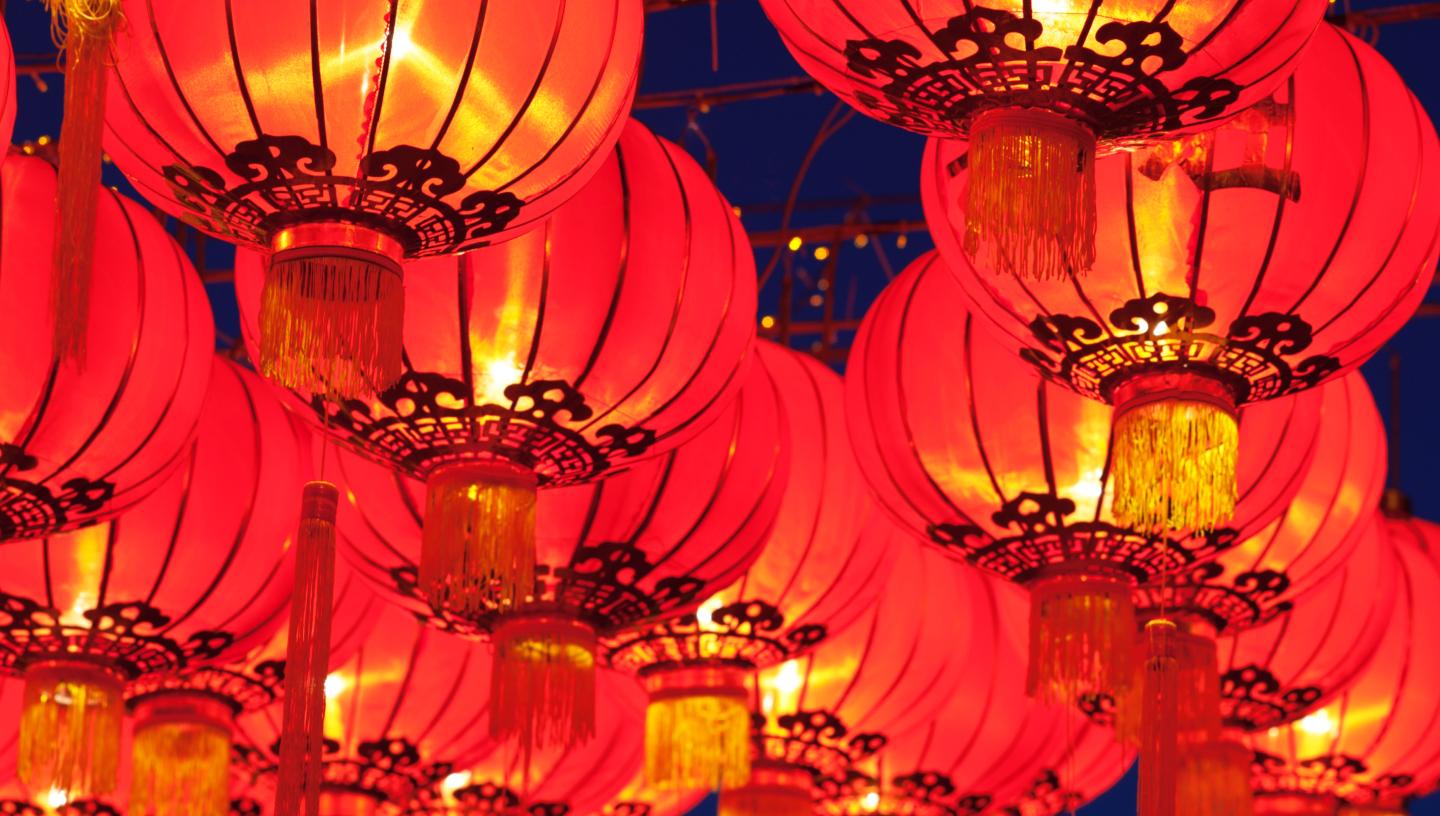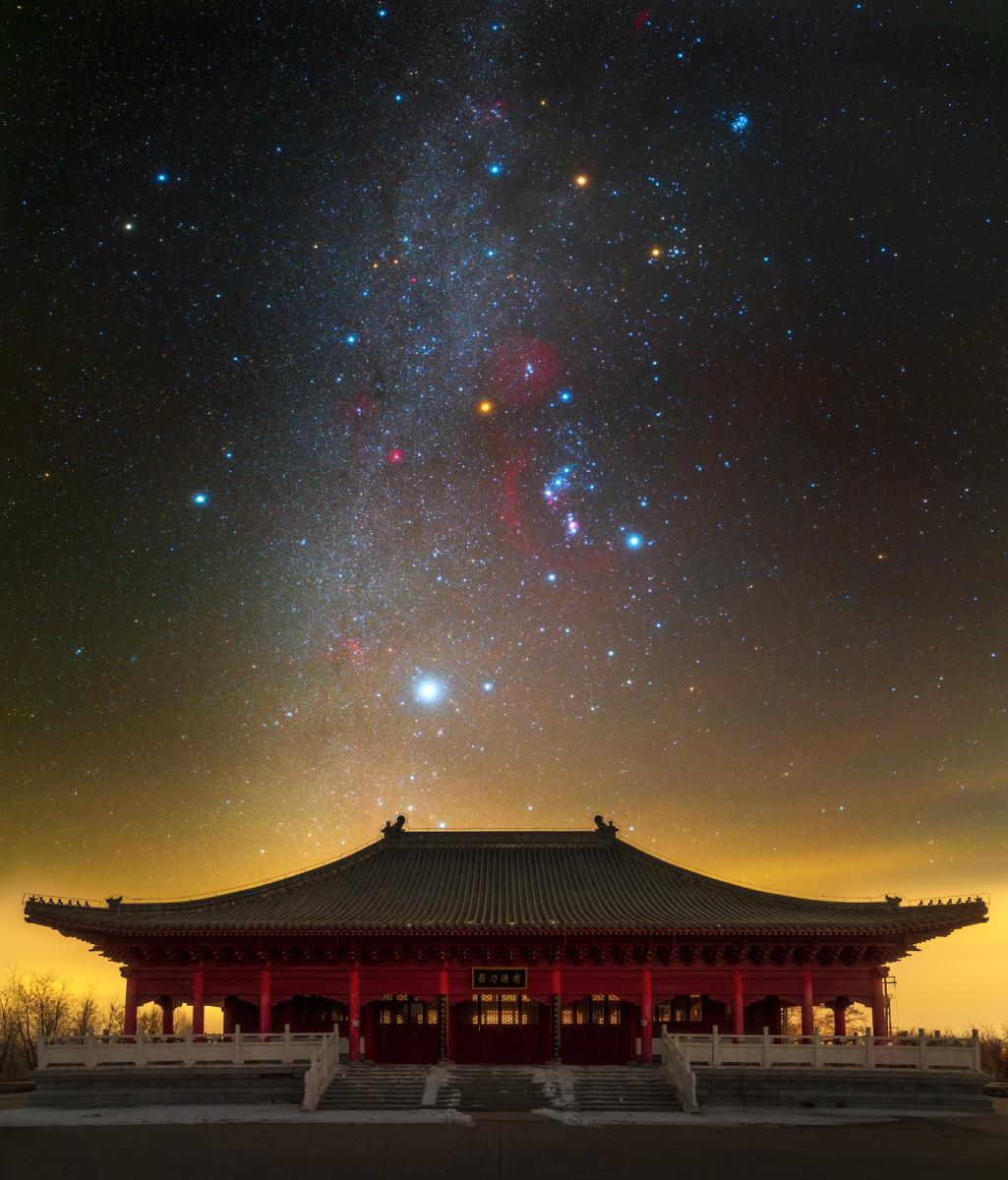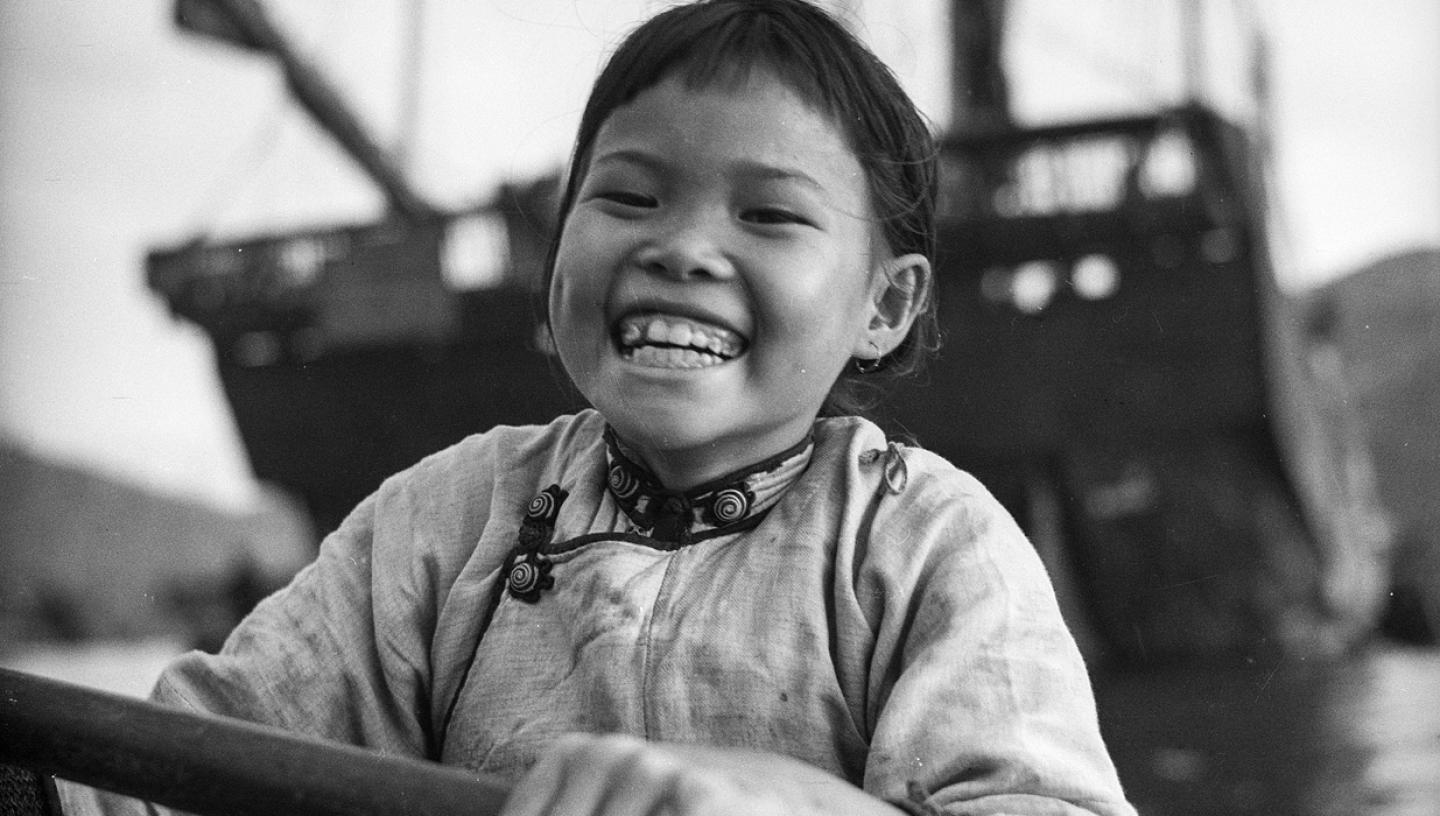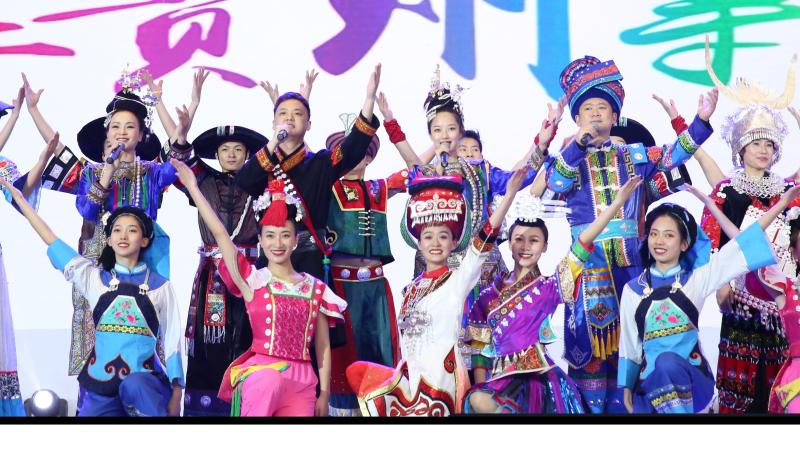
Lunar New Year is spectacular, loud, and for many cultures across Asia the most important festival of the year.
The festival begins on the first day of the first lunar month in the calendar, and ends with the 'Lantern Festival' on the 15th day.
When is Lunar New Year?
The date of Lunar New Year differs every year. In 2024 it occurs on 10 February.
In many cultures, each year is also associated with an animal from the zodiac. Often the animals are the same across different Asian countries, including China, South Korea, North Korea, Singapore and Cambodia. See the table below to see which animals are associated with which years.
| Year | Lunar New Year date | Animal |
|---|---|---|
| 2024 | 10 February | Year of the Dragon (or Naga in Thailand) |
| 2025 | 29 January | Year of the Snake |
| 2026 | 17 February | Year of the Horse |
However, there are also some important differences in some countries:
- Japan: Instead of the pig the Japanese have a boar in their zodiac.
- Vietnam: The Vietnamese zodiac has the buffalo instead of the ox and the cat instead of the rabbit. It is believed that the Chinese word for "rabbit" — "卯兔" (mǎo tù) — sounded like "meo" in Vietnamese, which means "cat".
- Thailand: Instead of the dragon, Thai people have Naga, a mythical, snake-like monster, which is worshipped to bring fertility and wealth.
- Myanmar: Instead of an annual zodiac, Myanmar has animals associated with days of the week. There are eight animals (as Wednesday is split into morning and afternoon). These are: Garuda (mythical bird), Tiger, Lion, Elephant (with tusks), Elephant (without tusks), Rat, Guinea Pig, and Dragon.

How does the Chinese calendar work?
The Chinese calendar is a lunisolar calendar, which is based both on the Moon's phases and the Earth's orbit around the Sun. The traditional Chinese calendar is used for religious purposes, festivals and for agriculture.
The Gregorian calendar is also used in the People's Republic of China for administrative and commercial purposes.
Find out more about ancient and modern Chinese astronomy in a special show at London's only Planetarium.
The Chinese zodiac and animal years
Unlike most other calendars, the Chinese calendar does not count years in an infinite sequence.
Instead years have names that are repeated every 60 years, corresponding to five repeats of the Chinese zodiac cycle of 12 animals.
The sequence of animals in the Chinese zodiac is:
- rat
- ox
- tiger
- hare or rabbit
- dragon
- snake
- horse
- sheep
- monkey
- rooster
- dog
- pig.
This system for naming years has been in use for about the last 2000 years, but is traditionally extrapolated back to 2637 BCE when the calendar was supposed to have been invented.
The current 60-year cycle started on 2 February 1984. However a counting system is also now in use which has year one as the first year of the Yellow Emperor in 2698 BCE.
Leap years in the Chinese calendar
The traditional Chinese calendar resembles the Hebrew calendar in having ordinary years with 12 months and 353, 354, or 355 days, and leap years with 13 months and 383, 384, or 385 days.
Leap years have 13 months. To determine if a year is a leap year, the number of new Moons between the 11th month in one year and the 11th month in the following year are calculated. If there are 13 new Moons from the start of the 11th month in the first year to the start of the 11th month in the second year, a leap month must be inserted.
Days are measured from midnight to midnight. The first day of the month is the date of the new Moon.
The tropical year is divided into 24 solar terms, each of which spans 15º of solar longitude. These terms are given names that refer to the seasons or weather.
How is Lunar New Year celebrated?
Celebrations vary across different cultures and countries, but typically on the first day of Lunar New Year families may visit the senior members of their extended family.
Lion dance troupes, a dramatic part of the Lunar New Year festivities, help to usher in the New Year and expel evil spirits.
Fireworks and firecrackers are very popular at this time, as is gift giving. In Hong Kong for example, married family members give red packets containing cash to children and teenagers in the family.

East and Southeast Asian collections and connections
Main image: PhotographyCourse on Unsplash
Secondary image: Winter White Tiger © Tianwei Wang, Astronomy Photographer of the Year 2023


